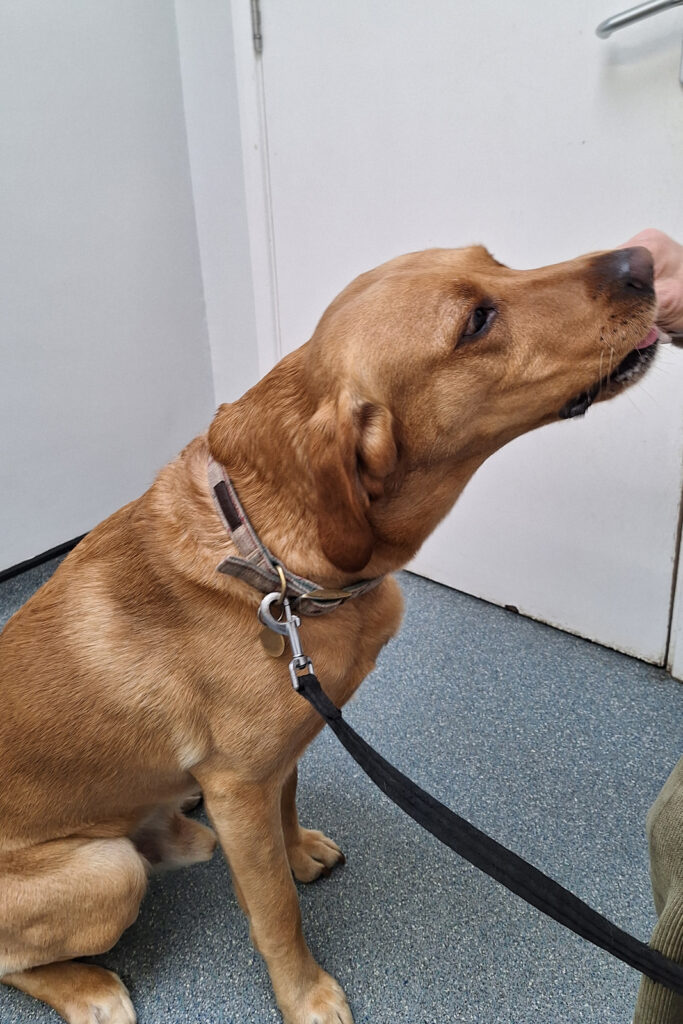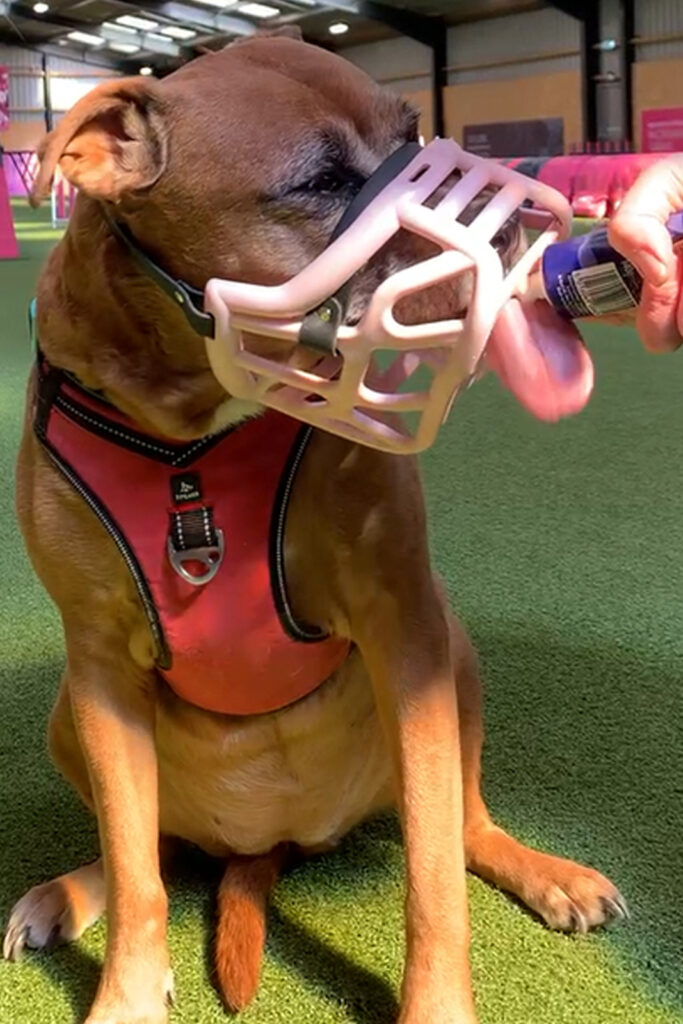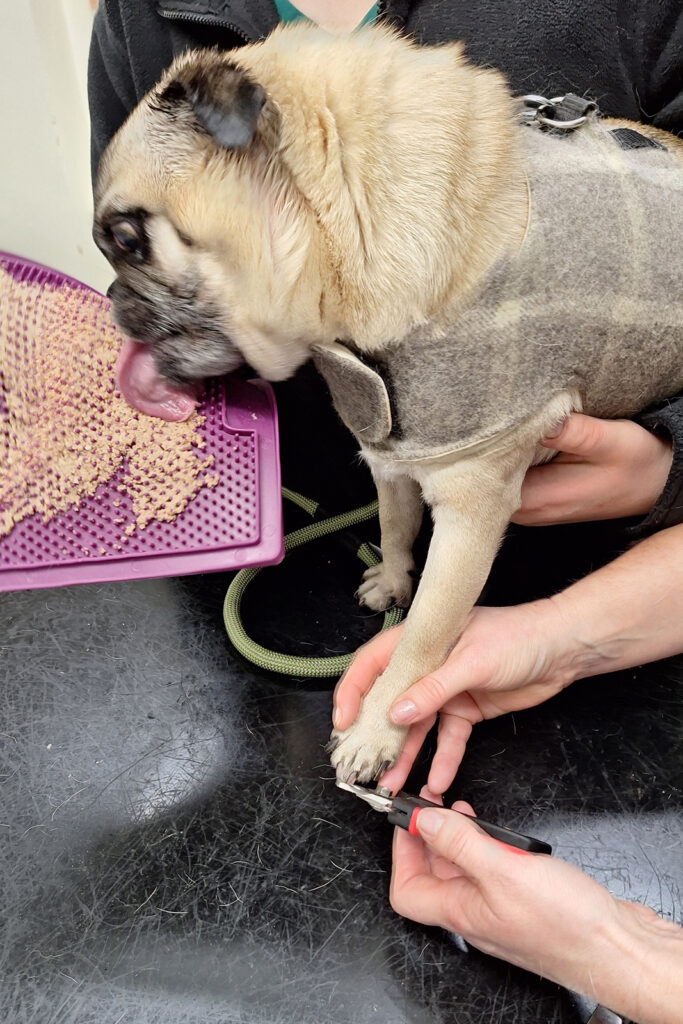Pet Behaviour
If you’re concerned about your pet’s behaviour, we may be able to help you work through these issues. Our team at Ash Tree Vets can offer general advice on a range of common behavioural problems for dogs and cats.
Please don’t hesitate to contact our friendly team on 01858 462 839.
While we do not have a certified behaviourist on staff, our vets are experienced in managing a wide range of behavioural concerns and can often provide support in-house.
However, if your pet’s noise fears are more generalised or if there are additional behavioural issues, you may prefer – or we may recommend, a referral to an accredited behaviourist for more specialised care. If so, we’re happy to provide a list of trusted, trained behaviourists, both local and remote (accessible online), for you to contact.
If your pet’s behaviour is complex, or if they show signs of aggression that could pose a risk to you, your family, the public, or other pets, we strongly advise seeking help from a certified behaviourist. These professionals often require us to rule out underlying medical conditions or pain before accepting a referral. Therefore, we may ask to speak with you by phone or invite you to bring your pet in for a physical examination.
Sound Fears
If your pet is struggling with sound-related fears such as fireworks or thunderstorms – we’re here to help. Book a consultation – either online or by calling 01858462839 – with our experienced team to create a personalised, long-term strategy that helps your pet feel safe and confident.
Sound Fear Consultation Charges:
- Sound Fear Consultation: £55.00
- Sound Fear Follow-Up: £48.00
Complex Behavioural Concerns
If you have other concerns, or your pet is fearful of multiple types of sounds – not just fireworks, we recommend completing our Pet Behaviour Questionnaire. This helps us understand the full scope of your concerns.
Once submitted, a member of our behaviour team will contact you to arrange a consultation – either in-person or by telephone – to discuss your pet’s behavioural needs in more detail.
Behaviour Consultation Charges:
- Initial Behaviour Consultation: £70.00
- Follow-Up Behaviour Consultations: £60.00




